Understanding Palm Oil – Part 4: Alternative Palm Oil Opportunities
Palm oil is the key driver of deforestation and habitat destruction in vital rainforest ecosystems, predominantly in Indonesia and Malaysia, threatening many species with extinction. Palm oil is an ingredient found in about 50% of consumer products and is an important dietary component for about 50% of the global population. Compared to similar oil crops such as rapeseed, sunflower, and soybean, palm oil is more efficient using only one-eighth to one-fifth of land to produce the same amount of oil.
To mitigate the detrimental effects palm oil has on the environment, businesses must take action to cease business as usual throughout the palm oil supply chain. Certifications are helping to increase the amount of sustainable palm oil by promoting cultivation methods that promote zero deforestation objectives. Other certifications seek to ensure that neither palm oil nor its derivatives are used in any product ingredients. Ultimately, however, the elimination of palm oil (and other less efficient oil crops) from the supply chain has the greatest potential to drastically reduce the detrimental impacts associated with palm oil plantations. Absent significant shifts in individual consumption patterns, the achievement of this goal will require the development of palm oil alternatives.
Unfortunately, palm oil alternatives are at a relatively nascent developmental stage and are currently not able to compete economically or at scale with traditional palm oil. The oil’s unique qualities pose another hurdle for the development of alternatives. Palm oil, when used in food products, is flavorless, does not need to be partially hydrogenated, withstands high cooking temperatures, preserves foods, and creates a creamy texture. In beauty products, palm oil is widely used for softening, conditioning, and the prevention of oil and water separation, while also producing cleansing, foaming, and thickening in a variety of products.
Some industries are better positioned than others to implement alternatives to replace or reduce the use of palm oil, depending largely upon the specific palm oil application. For example, animal feed contains palm oil because it is high in calories, rich in fatty acids, and promotes the absorption of fat-soluble vitamins, making it ideal for fattening cattle. By contrast, the British Veterinary Society has determined that pet food recipes that use insect-based oil, such as mealworm oil, in lieu of palm oil are actually better for our pets. Mealworms are high in protein and they are also better for the environment as they can be raised on food waste.
Similarly, the biofuel industry is in a better position to phase out the use of palm oil than the beauty and food industries are. In 2017, the European Union (EU) set the stage by establishing a target to source 10% of all road transport energy from renewable sources. But in 2019, the EU announced that biofuels containing palm oil and other food-based crops could not be used to reach this goal because of the environmental damage associated with their production. In an effort to meet the demand for palm oil-free biofuels, the industry then started to explore the use of algae as an alternative ingredient. Oil derived from certain species of algae can be turned into a bio-crude, a viscous mixture similar to petroleum oil but derived from organic materials. This bio-crude is then distilled and used as a fuel additive for diesel, jet fuel, and heavy shipping oil. Some firms are also investigating the ability of yeasts to produce oils for a palm oil alternative. However, deriving oil from algae or yeast microbes as a replacement for palm oil requires a large supply of sugar for the microbes to feed on and grow. Currently, only about 4% of global sugar is sustainably produced.
In Australia, the Commonwealth Scientific and Industrial Research Organization (CSIRO) has researched genetically modified tobacco and sorghum leaves with the goal of replicating the genetic make-up of high-yield oil plants. However, tobacco leaf oil contains fatty acids that are more unsaturated, requiring additional processing in order to obtain a consistency similar to palm oil.
Bill Gates, through his fund Breakthrough Energy Ventures, has invested in C16 Biosciences to support the development of synthetic palm oil. C16 Biosciences has developed a technology that uses bioreactors to ‘brew’ synthetic palm oil by utilizing microbes that feed off of food waste and industrial by-products. This process produces an oil that has a similar chemical makeup to that of palm oil without any rainforest destruction. Unfortunately, the widespread commercialization of this oil requires further research and development.
Some existing plant oils constitute natural alternatives to palm oil. Organic babassu, rapeseed, coconut, mango, shea butters, jojoba, and sunflower oils can substitute for palm oil across a range of uses, but these oils are not produced at the same scale as palm oil, and therefore can only replace limited volumes of palm oil. Many of these natural oil alternatives are also grown in the same areas of the world or other areas with vitally important ecosystems, including the Amazon. In order for these alternatives to have a less detrimental impact on the environment relative to palm oil, they must be sustainably sourced and produced which raises many of the same issues associated with palm oil production. Ultimately, in the medium-term, we therefore realistically expect palm oil will remain a key part of the food and beauty industry value chains, but we also recognize that a reduction in our dependence on this ubiquitous product is absolutely essential in order to reduce the associated land conversion that is driving biodiversity loss in many high conservation value areas of our planet.

